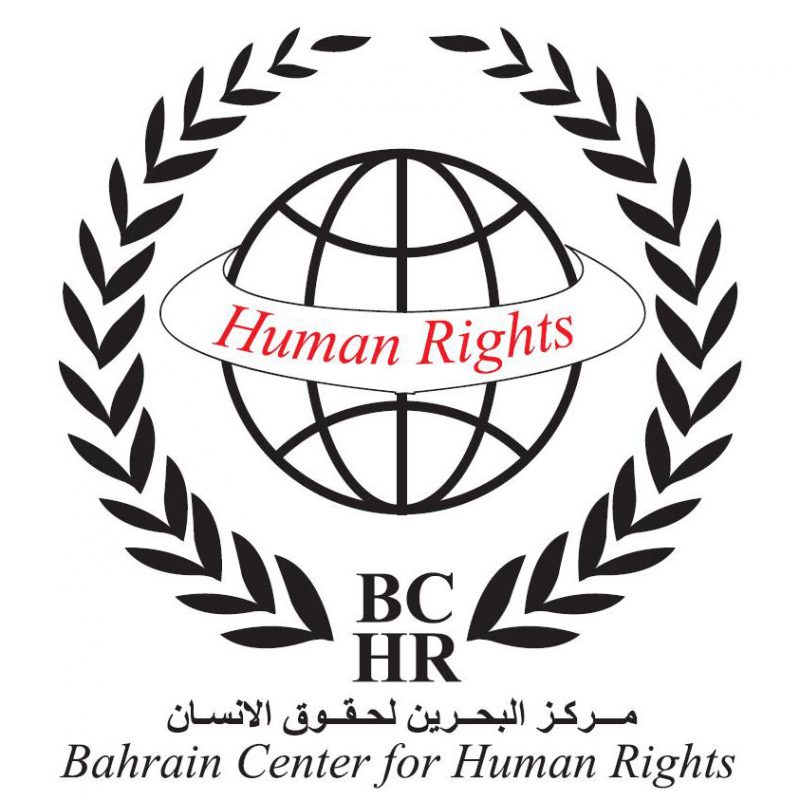
Bahrain’s score deteriorated by the second-largest margin after Libya
26 May 2011
Bahrain’s global peace ranking has dropped 51 places to 123 out of 153 countries according to a report by the Institute for Economics and Peace (IEP).
The Gulf state, which faced a wave of Shi’ite-led protests in February and March that left at least 29 people dead, was the second biggest fall after Libya which declined 83 places to 143 position.

Bahrain’s score deteriorated by the second-largest margin after Libya
26 May 2011
Bahrain’s global peace ranking has dropped 51 places to 123 out of 153 countries according to a report by the Institute for Economics and Peace (IEP).
The Gulf state, which faced a wave of Shi’ite-led protests in February and March that left at least 29 people dead, was the second biggest fall after Libya which declined 83 places to 143 position.
The uprising in Bahrain and the dramatic escalation of violence by the army against protesters in mid-February is reflected in sharp deteriorations in most of the country’s measures of societal safety and security.
Bahrain Detailed Report
Bahrain Rank: 123
Change in score 2010-11: 0.429
Change in rank 2010-11: -47
Protests in Bahrain calling for economic and political reform began on February 14th 2011 and gathered momentum after two protesters were shot in the first two days. In an extraordinary escalation, on February 18th, the army was deployed on the streets of central Manama, the capital. Troops fired live ammunition at protesters who gathered there – a sudden escalation of violence in a small, peaceful country with a low crime rate that was reflected in its position around the midpoint of the GPI in previous years. The dramatic events of February and March, inspired by the unprecedented “Arab Spring”, led to sharp increases to most of the qualitative indicators of conflict and safety and security in society, precipitating a slide in the rankings to 123rd position. The drop would have been even more pronounced but for improvements to three of Bahrain’s GPI indicators from last year: a reduction in military capability and sophistication, a fall number of armed service personnel and a slight improvement in the Political Terror Scale tally (to 1.5).
Peace Indicators Score – Bahrain
Read below or view the Interactive map here
Number of external and internal conflicts fought 1 ![]()
Estimated number of deaths from organised conflict (external) 1 ![]()
Number of deaths from organised conflict (internal) 1 ![]()
Level of organized conflict (internal) 4 ![]()
Relations with neighbouring countries 2 ![]()
Level of perceived criminality in society 3 ![]()
Number of displaced people as a percentage of the population 1 ![]()
Political instability 5 ![]()
Level of disrespect for human rights 1.5 ![]()
Potential for terriorist acts 4.5 ![]()
Number of homicides per 100,000 people 1 ![]()
Level of violent crime 3 ![]()
Likelihood of violent demonstrations 5 ![]()
Number of jailed population per 100,000 people 1.5 ![]()
Number of internal security officers and police 100,000 people 5 ![]()
Military expenditure as a percentage of GDP 2 ![]()
Number of armed services personnel per 100,000 people 1 ![]()
Exports of major conventional weapons per 100,000 people 1 ![]()
Imports of major conventional weapons per 100,000 people 2 ![]()
Funding for UN peacekeeping missions 1.5 ![]()
Aggregate weighted number of heavy weapons per 100,000 people 5 ![]()
Ease of access to small arms and light weapons 2 ![]()
Military capability/sophistication 3 ![]()
Related Indicators
Electoral process 2.58 /10
Functioning of government 3.57 /10
Political participation 2.78 /10
Political culture 5 /10
Civil liberties 3.53 /10
Corruption perceptions 4.9 /10
Women in parliament 2.5 %
Political Democracy Index 3.49 /10
Gender Inequality 0.62 %
Freedom of the press 51.38 /100
Exports + Imports as a % of GDP 139.76 %
Foreign Direct Investment (flow) as a % of GDP 3.7 %
Number of visitors as a % of domestic population 408.4 %
Net Migration (% of total population) 2.25 %
15-34 year old males as a % of total adult population 31.43 %
Gender ratio of population: men as a % of women 1.34 ratio
The extent of regional integration 3 /5
Current education spending (% of GDP) 2.93 %
Primary school enrolment ratio (% Net) 97.85 %
Secondary school enrolment ratio (% Net) 88.28 %
Higher education enrolment (% Gross) 29.94 %
Mean years of schooling 15.14 yrs
Adult literacy rate (% of pop over 15) 90.8 %
Hostility to foreigners/private property 2 /4
Willingness to fight 1 /5
Nominal GDP (US$PPP bn) 29.62 $USD
Nominal GDP (US$bn) 20.8 $USD
GDP per capita (US$) 16850 per capita
Gini-coefficient 36 %
Unemployment % 9.3 %
Life expectancy 75.91 yrs
Infant mortality per 1,000 live births 9.5 / 1,000 births
About the Global Peace Index
Published by the Institute for Economics & Peace, the index tries to measure peace. This year has seen the world become less peaceful for the third year in a row – and highlights what it says is a continuing threat of terrorism.
It’s made up of 23 indicators, ranging from a nation’s level of military expenditure to its relations with neighbouring countries and the level of respect for human rights. The index has been tested against a range of potential “drivers” or determinants of peace—including levels of democracy and transparency, education and national wellbeing. The data comes from various sources, including the International Institute for Strategic Studies, The World Bank, various bits of the UN offices and Peace Institutes and the Economist Intelligence Unit.
via –
guardian.co.uk
arabianbusiness.com
Full Results Report of GPI (PDF)
